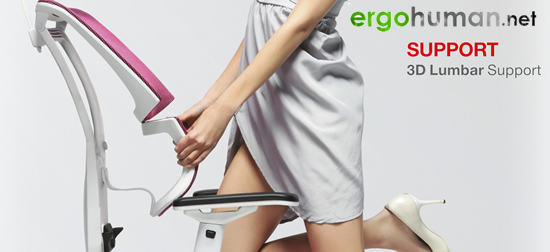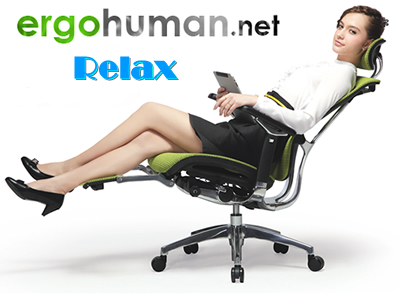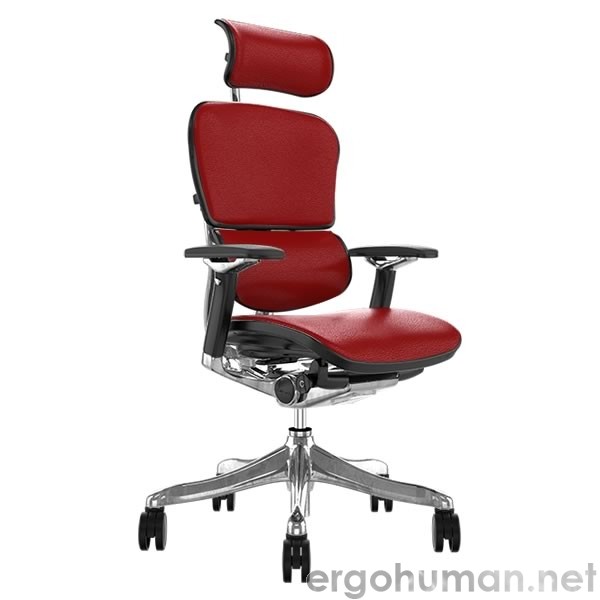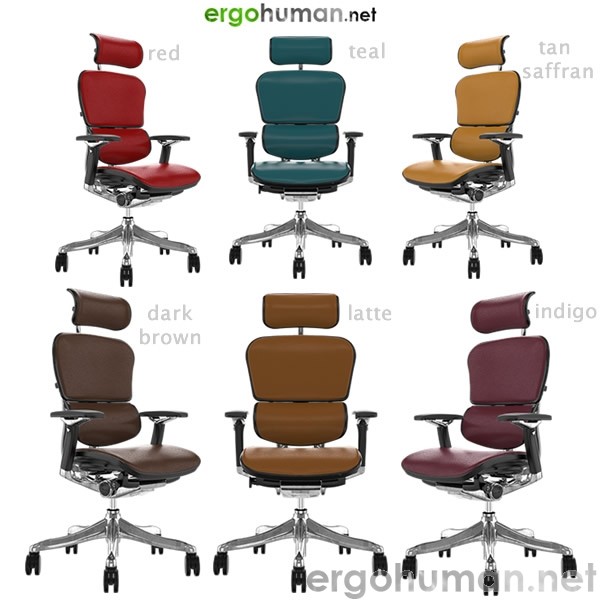The latest addition to the Ergohuman chair range, the Mirus chair boasts the ingeniously simple single lever control which operates the three most frequently used chair functions. Seat height, seat depth and back tilt can all be operated from a single point of contact.
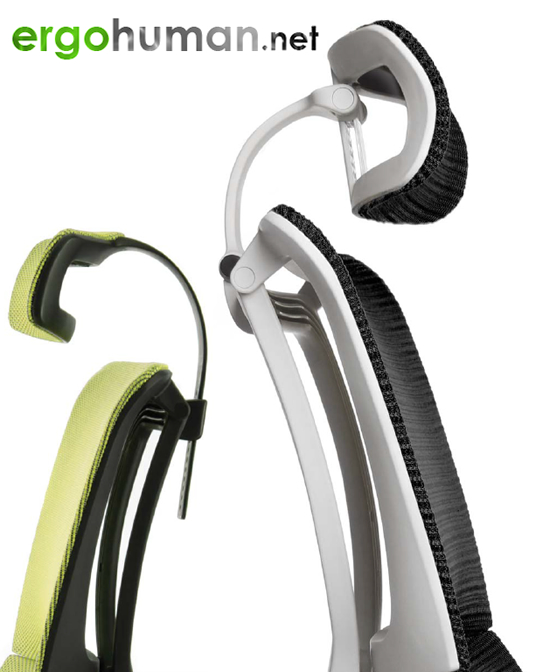
The design concept of the Mirus chair also incorporates a multi-directional interactive neck roll which can help to relax tired neck and shoulder muscles. The 3-dimensional automatic flexible lumbar support system provides full support to the lumbar region with interactive and dynamic movement, intuitively adjusting
to your needs. A ‘zero pressure’ seat cushion helps to distribute weight evenly across the seat pad to provide maximum comfort.
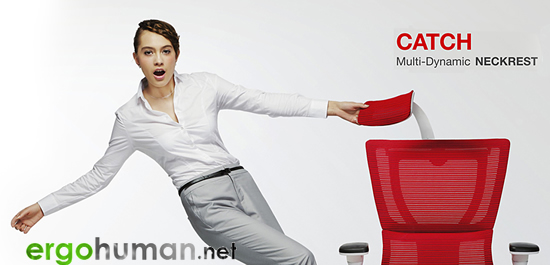
The Mirus chair is 98% recyclable, has Greenguard Indoor Air Quality certification and meets EN 1335. Available in a choice of white and aluminium frame, black and aluminium frame or all-black frame with a mesh back and fabric seat, the colour combinations are contemporary and exciting.
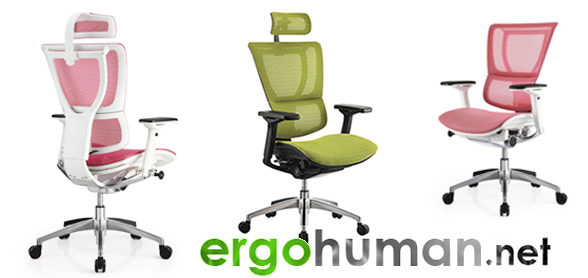
The Mirus Mesh Chair is available in three frame finishes – white, black and polished aluminium/black; with the choice of the unique MD-flex headrest, adjustable 3D headrest or headrest-free, combined with an extensive selection of coloured mesh and fabrics creating an almost unlimited variation to suit your requirements.
